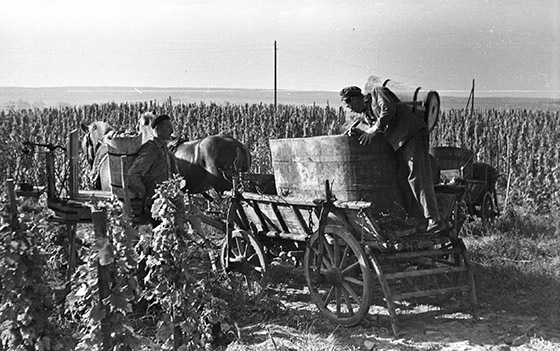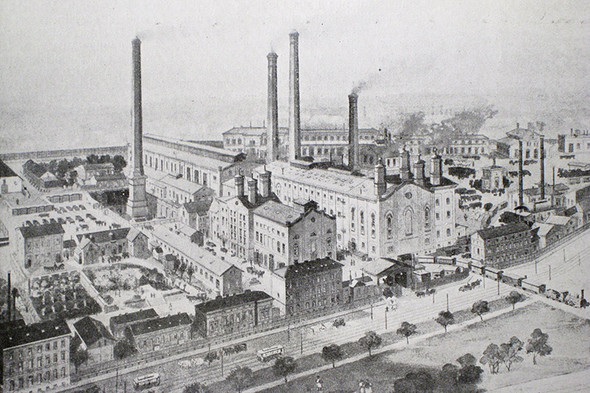You are new here? For the 2nd part of this article click here.
By the 1870s viticulture went into decline, many gave up the cultivation of the lands and tried to benefit from the estates in different ways. The main reason was that in the urban development plan Kőbánya was marked as an industrial area and in spite of it still being a vineyard, factories began to expand. Lengthy negotiations were opened because some of the owners took a stand on keeping the vineyard. Let us present you extracts of their lengthy declaration:
It is widely known that Kőbánya has been perfectly suitable for viniculture since time beyond memory, moreover it can be regarded as a land intended for such purpose… currently the wine estate owners of Kőbánya are not only producing excellent wines but wines that compete the most renowned European wines in goodness and durability what is more they gained European fame. The excellent quality of wine is proportionate to its quantity as well… Under no circumstances we recommend the termination of Köbánya’s status as vineyard, on the contrary, we submit our respectful request for maintaining Kőbánya’s current status, namely its vineyard status.
If you walk through Kőbánya, you may guess, that the estate owners at the time did not succeed.
The longest vineyard to survive was the former grape plantation being the largest one to survive the Phylloxera blight as well. It was not established by the state but by the capital city on a 106 ha land in 1890. Ultimately Budapest got rid of the plantation in 1905 by renting it out to the state. Gyula Dausz, monographist of Kőbánya wrote in 1913 that the plantation still existed and supported research into varieties. It was closed for good sometime after the Great War.

Our offer for tourists looking for the past
Having a good imagination and a map, the above locations can be visited even today. Some buildings and statutes preserved a must-flavoured bit of the past and the sunlit slopes. Everyone coming here with this purpose in mind will certainly visit the said building of the field guard’s tower on Óhegy which currently hosts a restaurant. Nevertheless if you hid under sunshades from the burning sun and would order a Kőbányai, the restaurant could offer you but beer. In turn there are interesting old images in the lower room of the field guard’s tower representing the golden ages of Kőbánya and you can also drink rather well-known Hungarian wines to your dishes. If for no other reason but for this, it is worth visiting the last reminder of the long-gone vineyard.






